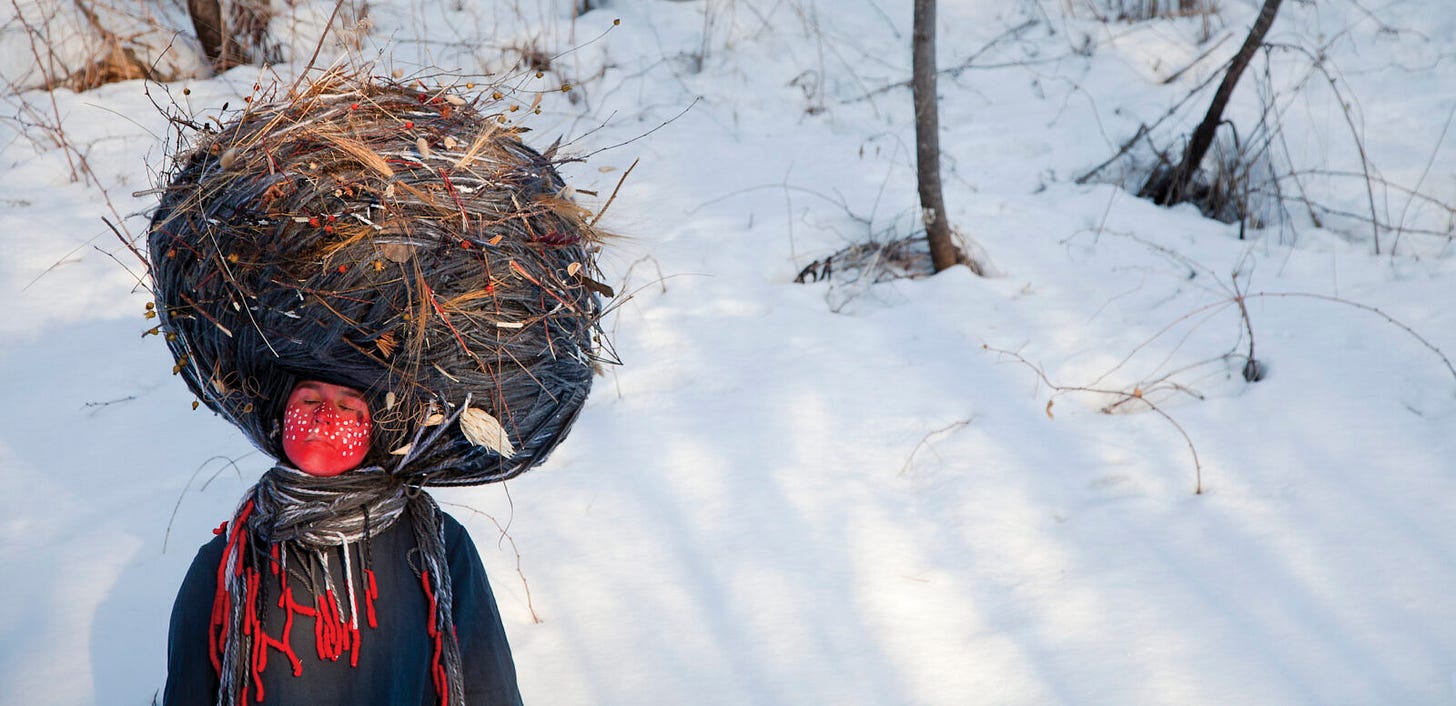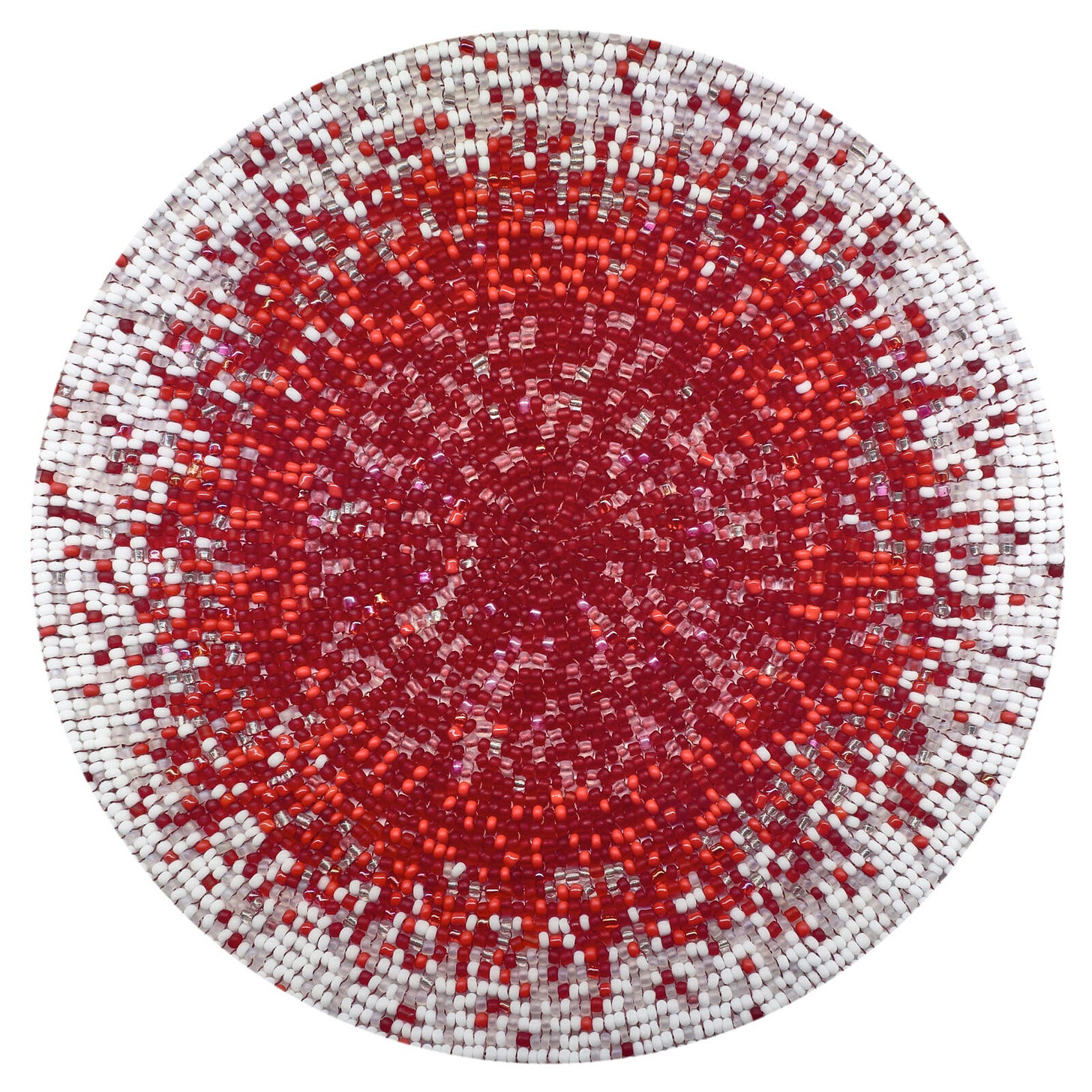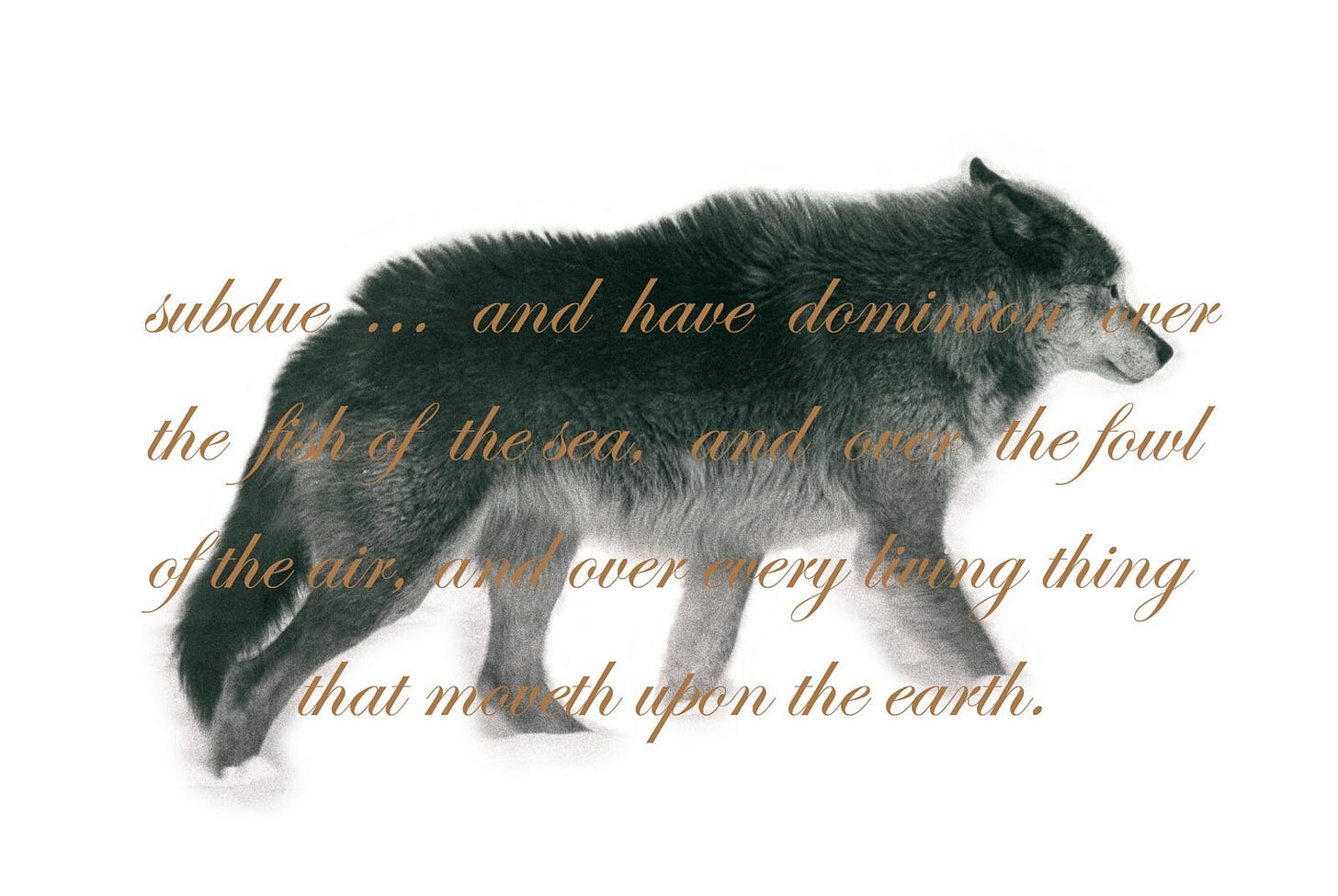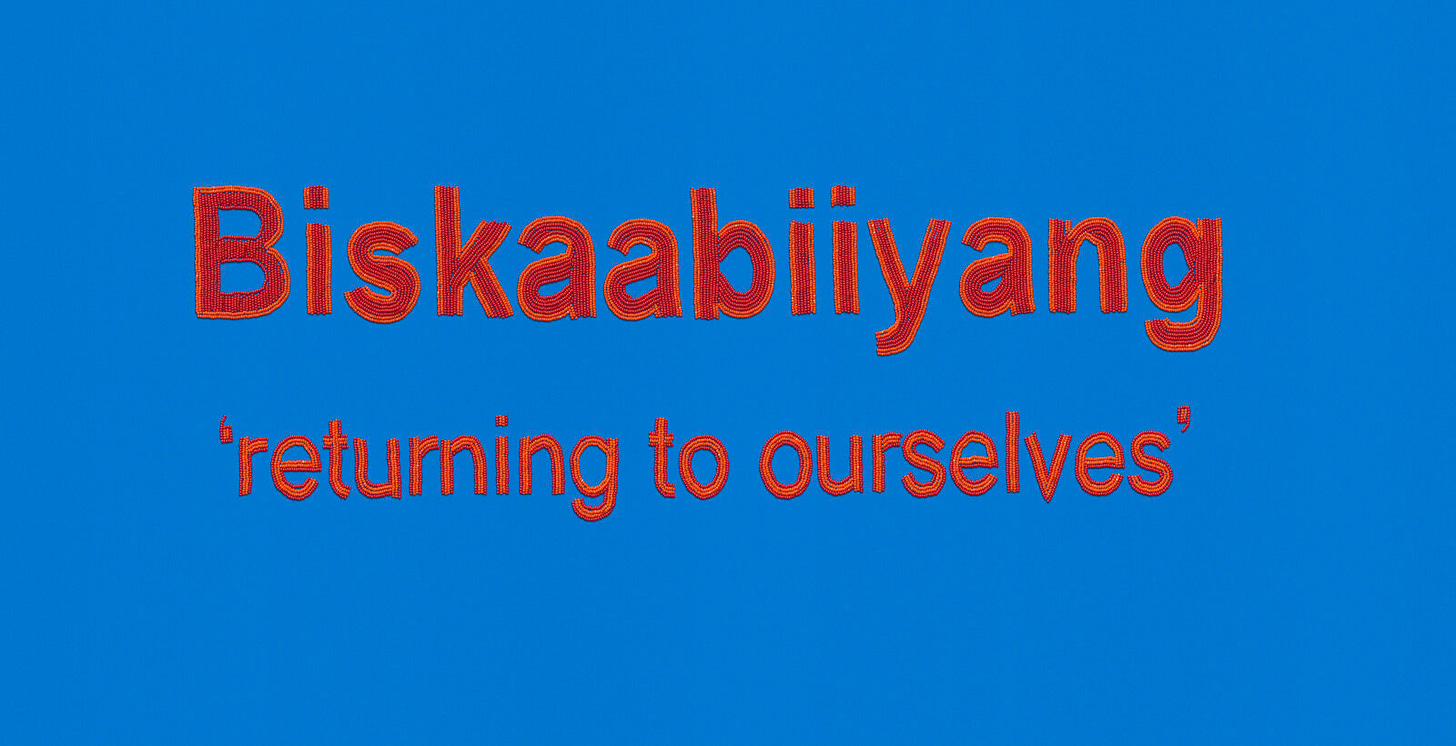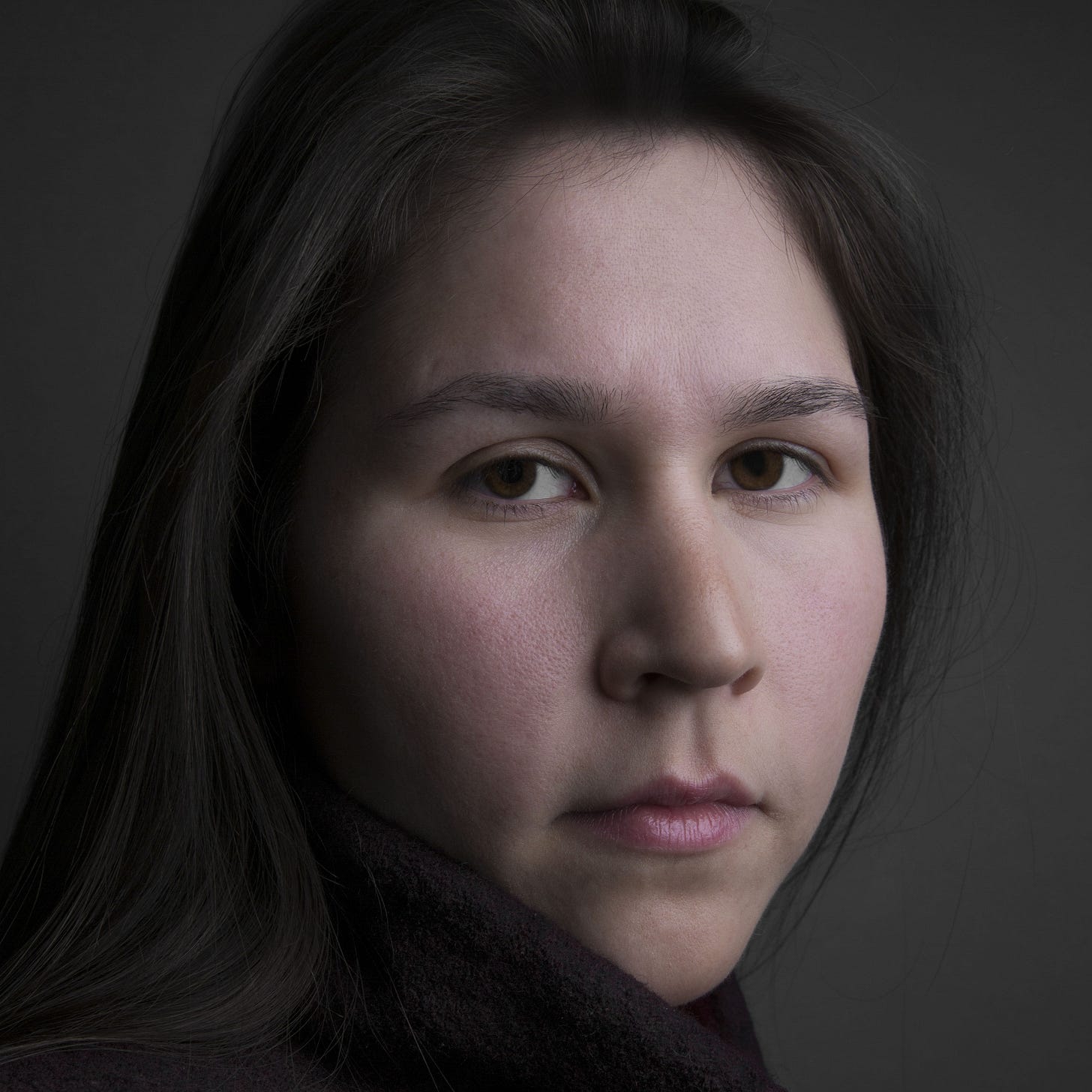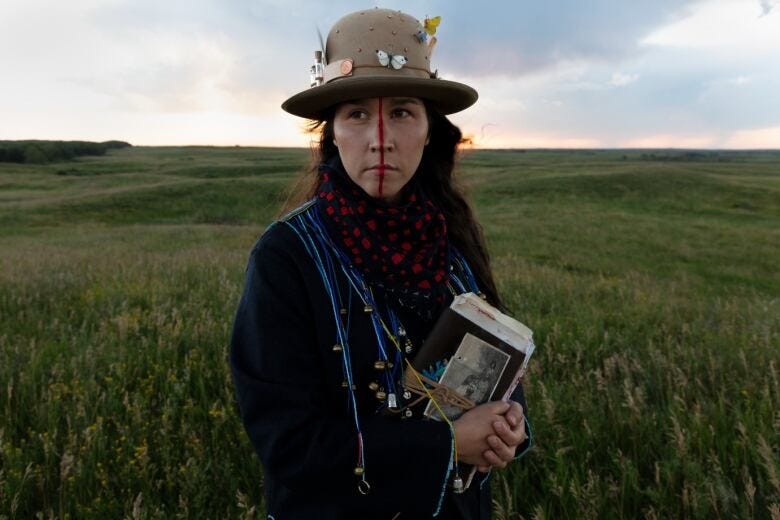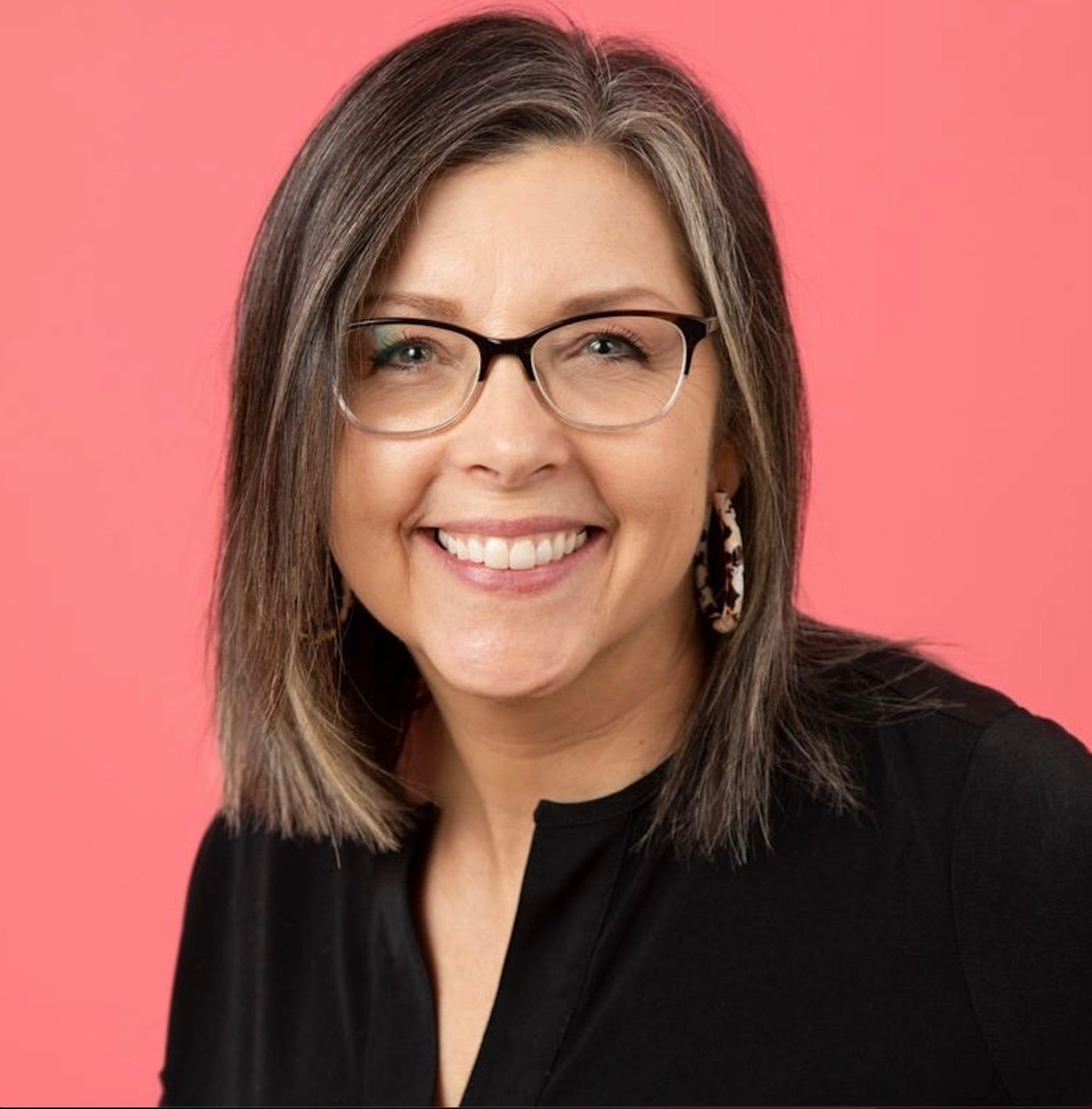Dream Catcher, 2015, Meryl McMaster, Canadian and Plains Cree
Dream Catcher is part of the larger body of work I produced titled Wanderings (2015); the themes within these images are those related to wandering, exploring the unknown and considering the limitation and possibilities of the self. A red thread or colour red follows me throughout the images, illustrating this indivisible connection to home or the past, which informs me of who I am and possibly who I may become. This constant reminder of the inescapable factors that make us who we are – our past, our circumstance or our genes – can sometimes anchor us to a contrasting certainty. Tethered as we may be to the past and all that makes us who we are, I still seek a world of boundless possibilities of who I may become. I’ve created dream-like images with imaginary creatures to act as my guides to enable the viewer to get lost within their own thoughts and return to their child-like nature, to be free from restrictions and to be the person we dream to be.
– Meryl McMaster
See
Resilience, a cross-country exhibition of works by 50 Indigenous women artists on billboards (2018)
The Resilience billboard exhibition responds to Call to Action #79 of the Truth and Reconciliation Commission, which urges integrating Indigenous history and memory practices into Canada’s heritage. As MAWA’s creative act of reconciliation, it celebrates and commemorates Indigenous women artists, who remain underrepresented in the art world and beyond.
Meditations on Red, #2, 2013, Nadia Myre, Algonquin
“Once, when crossing the border into the United States, I was required to prove that more than 50% of my blood is Native American. What resulted is an artistic questioning of identity as defined by blood. Each bead in my series Meditations on Red represents at once a drop of white or red blood and a hybrid identity as ‘white’ or ‘red.’” – Nadia Myre
Nadia Myre’s enlarged beaded piece bridges tradition and modernity, connecting ancestral art with contemporary expression. It evokes associations from mandalas to wampum armor, linking past and future, myth and history, center and periphery.
Through their resilience, Native peoples provide a powerful model for finding purpose, healing, and strength in our own journeys.
Dominion, 2011, Mary Anne Barkhouse, Kwakiutl
The wolf featured in the photograph was the alpha female of a pack that resides at the Haliburton Wolf Centre in Ontario. Counter to some depictions of the wolf as a ravening menace or a noble savage, she maintains a somewhat contemplative demeanour. Secure in her position as a sovereign entity, she continues on her way ... a path that is marked by self-determination and strength, characteristics she has both learned, and earned, as the matriarch of the pack. -Mary Anne Barkhouse
Biskaabiiyang – 2017, Rebecca Gloria-Jean Baird, Cree/Métis
In my artwork, bright orange and brilliant red glass seed beads are hand-beaded onto turquoise-coloured cotton cloth to spell out the word Biskaabiiyang – returning to ourselves.
Trade items such as glass beads were introduced by early Newcomers and adapted by Indigenous peoples in their material culture. My choice of these beads speaks to the Indigenous legacy of adaptability and resilience. The sewing aspect of this artwork reflects the concept described by Nishnaabeg scholar Leanne Simpson as “stitching our cultures and communities and life ways back together.” (Leanne Betasamosake Simpson, Dancing on Turtle’s Back, Arbeiter Ring Publishing: Winnipeg, 2011, p. 51)
– Rebecca Gloria-Jean Baird
Fringe, 2008, Rebecca Belmore, Anishinaabe
As an Indigenous woman, my female body speaks for itself. Some people interpret the image of this reclining figure as a cadaver. However, to me, it is a wound that is on the mend. It wasn't self-inflicted, but nonetheless, it is bearable. She can sustain it. So it is a very simple scenario: she will get up and go on, but she will carry that mark with her. She will turn her back on the atrocities inflicted upon her body and find resilience in the future. The Indigenous female body is the politicized body, the historical body. It's the body that doesn't disappear.
– Rebecca Belmore
Nitewaké:non, 2014, Melissa General, Mohawk and member of Six Nations of the Grand River Territory
Nitewaké:non, “the place where I come from,” examines my relationship to the land by exploring the history and narrative connected to my home, Six Nations of the Grand River Territory. It is through this exploration on and with the land that I attempt to reconnect with and honour the memory inherently rooted in Six Nations Territory.
– Melissa General
Say
Meryl McMaster talks about her work as ‘answerless images’.
What do you think she means by answerless images?
The images in this billboard exhibition prompt us to rethink and reshape the narrow dictionary definition of resilience.
How can we make meaning of our own lives through learning about the resilience of native peoples?
How can remembering who we are help us become more resilient?
Do
Embrace Resilience: Recognize the power of perseverance in the face of adversity and apply it to your challenges.
The National Day of Mourning, declared by the United American Indians of New England in 1970, is observed on Thanksgiving to honor Native American ancestors and reflect on loss, healing, and reclaiming Indigenous traditions. It includes a march and rally in Plymouth, Massachusetts, where allies are welcome but do not speak.
Some ways to show support for Indigenous people on Thanksgiving include:
Starting your meal with a land acknowledgement
Incorporating a dish that celebrates Indigenous culture into your meal
Using the present tense when speaking about Indigenous people
Learning about contemporary Indigenous issues
Taking actions to support living Indigenous people after Thanksgiving
Many of these artists talk about remembering who they are: their history, connections to land, their younger self as a mode of bolstering their own resilience.
Create a self-portrait that depicts of your authentic self. (Photo, collage, drawing, painting, essay, poem…)
A self-portrait of your authentic self might include:
Personal Symbols: Objects or icons with personal meaning.
Nature: Elements like trees, animals, or water.
Colors/Textures: Reflecting emotions or identity.
Hobbies: Items representing passions or interests.
Cultural Heritage: Clothing, artifacts, or landscapes.
Text: Words or phrases with personal significance.
Abstract Forms: Shapes symbolizing emotions or thoughts.
Relationships: Symbols of important connections.
Life Experiences: Metaphors for challenges or milestones.
Dreams: Elements showing aspirations, like stars or ladders.
About Meryl McMaster
Meryl McMaster (born 1988, Ottawa, Ontario) is a Canadian and Plains Cree photographer whose best-known work explores her Indigenous heritage. Based in Ottawa, McMaster frequently practices self-portraiture and portraiture to explore themes of First Nations peoples and cultural identity, and incorporates elements of performance and installation to preserve her mixed heritage and sites of cultural history in the Canadian landscape.
The Grass Grows Deep, 2022
Interview with McMaster after the discovery of her great-grandmother’s diary
Twin Cities readers: Sign up for my latest studio classes! We had a great time weaving on Wednesday night! Join us for printmaking or Zentangles in the next few weeks!
Please share your reflections with me by replying to this post and tagging my Wonder Wander Facebook or Instagram pages!




